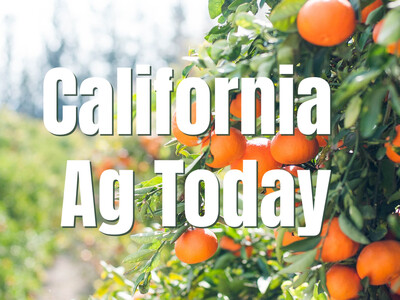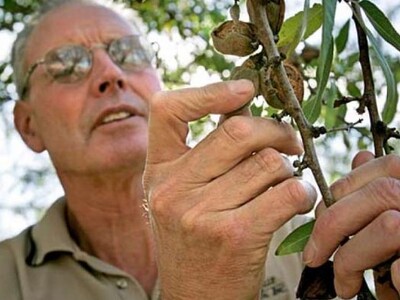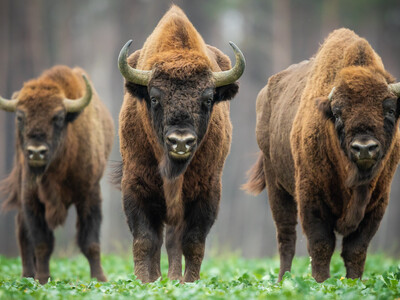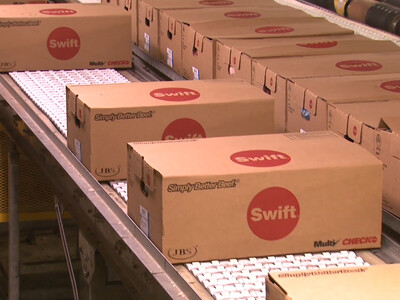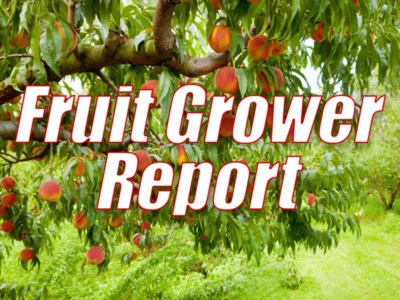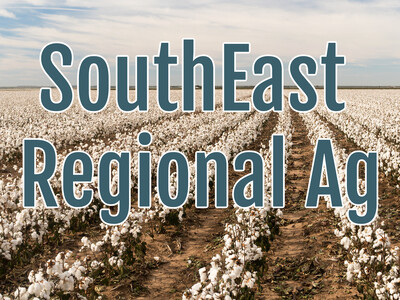Water woes
“Going into this winter, folks in the agricultural community sort of knew that this winter was very important, and that’s because it was coming off the heels of an extended drought. And so that extended drought has left reservoirs across the state, especially the southern half of the state where we have a lot of agriculture really low, low levels of carry over. So, there wasn’t much in the bank to get through this coming season so we really need a robust snowpack and runoff to replenish the supplies in the reservoirs. And so right now this is certainly not an ideal situation where we’re seeing below normal snowpacks across much of Idaho, especially in these areas that heavily rely on the snowpack for snow melt, and then agriculture.”Danny Tappa is a Hydrologist and Data Collection Officer with the Natural Resources Conservation Service (NRCS) Idaho Snow Survey. Today he’s here at More’s Creek Summit above Idaho City to measure the snowpack.
“Measurements at this location go back to the late 1930s. We have many locations like this across Idaho,” said Tappa.
The majority of their measurements come from remote, automated snowpack telemetry weather stations, also known as SNOTEL stations.
But they also do manual, in-person measurements.
“The manual measurement process, we’re taking a tube set and we’re taking a core of the snowpack. And not only are we seeing how deep the snow is, so we see the total snow depth, we’re actually measuring the amount of water held within that snowpack,” said Tappa.






